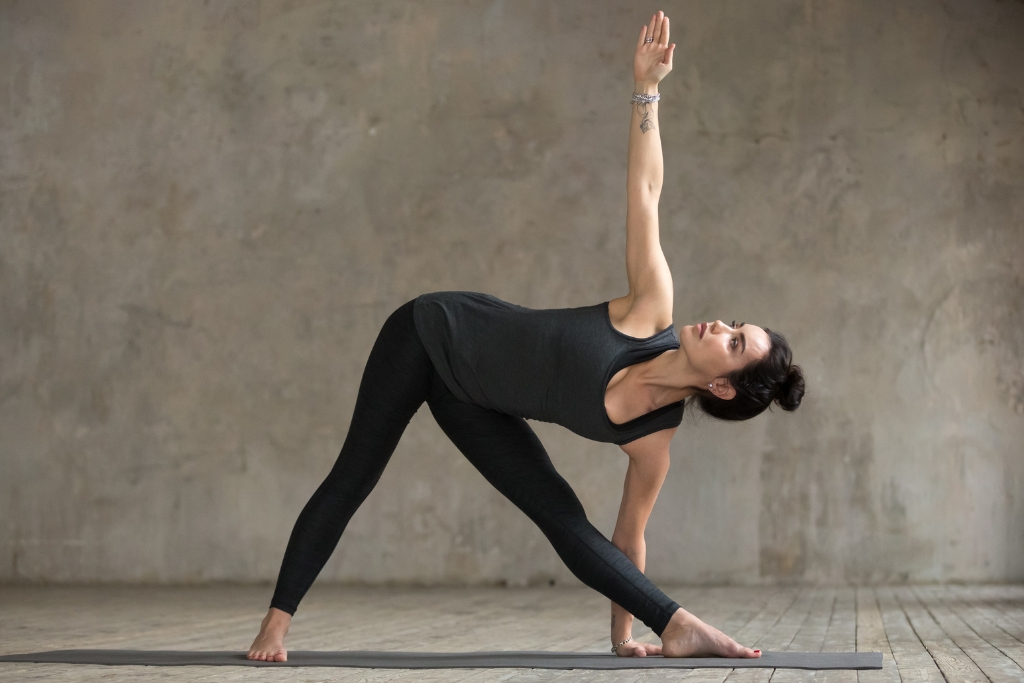
Posture improvement exercise
If your workday mostly happens in a chair, you’ve probably noticed the toll it takes; stiff hips, a tired back, and a core that just doesn’t feel as strong as it used to. Long hours at a desk don’t just make you sluggish; they quietly weaken the muscles that support your posture and protect your spine. Here’s the encouraging part: you don’t need an elaborate gym setup or even a yoga mat to fix that. A few smart, seated core exercises can make a noticeable difference, especially if you’re over 40 and want to move better, feel stronger, and sit with less discomfort.
Why seated core moves actually work
These exercises train your abs and stabilizing muscles while you’re in the same position you spend most of your day in. That makes them incredibly practical. It’s functional fitness at its most realistic, strengthening your posture, balance, and coordination without forcing you to squeeze in a long workout.
Before you start, pick a sturdy, armless chair (no wheels). Sit upright, feet flat, shoulders relaxed, and engage your core lightly. Every movement should be deliberate; no jerking, no rushing. If you feel pain in your lower back or neck, pause and adjust your posture. Aim for three sets of 10–12 reps, resting briefly between rounds.
- Seated Knee-to-Elbow Crunches
This one’s perfect for firing up your obliques and lower abs, the muscles that help you twist, lift, and move efficiently. It also boosts hip mobility, which tends to tighten up when you sit a lot.
How to do it:
- Sit tall at the edge of your chair, feet flat.
- Bring your hands behind your head.
- Tighten your abs and lift your right knee as your left elbow moves toward it.
- Keep your back straight; no hunching forward.
- Return slowly and repeat on the other side.
You’ll feel your midsection working almost immediately; that’s your core stabilizing the movement.
- Seated Forward Leans
If your lower back feels achy by mid-afternoon, this one’s for you. It teaches your core to support your spine when you bend forward, the same motion you use when picking something up or tying your shoes.
How to do it:
- Sit upright with feet flat on the ground.
- Cross your arms over your chest and brace your abs.
- Lean forward slightly from your hips, keeping your spine long.
- Pause briefly, then return to an upright position.
Think of it as strength training for your posture—simple but surprisingly effective.

The seated workouts
- Seated Side Leg Lifts
Tight hips are a desk worker’s worst enemy. This move works your hip flexors, outer thighs, and side core muscles, all essential for stability and balance.
How to do it:
- Sit tall, holding the sides of your chair.
- Engage your core and lift your right leg out to the side.
- Keep your chest lifted and your movement small but controlled.
- Lower slowly, then switch sides.
You’ll feel this one around your waist and outer thighs, areas that rarely get attention when you’re sitting all day.
- Seated Torso Twists
This movement helps loosen up your spine and strengthens the muscles that control rotation, which is key for everyday actions like turning to grab something or checking your blind spot while driving.
How to do it:
- Sit tall with your feet firmly on the floor.
- Cross your arms or hold them in front of your chest.
- Rotate your upper body to the right while keeping your hips still.
- Pause, then rotate to the left.
Move slowly. You’re not trying to twist far; you’re training your body to move smoothly and stay supported.
- Seated “V” Hold
This is where things get a little more challenging, but it’s worth it. The “V” hold builds endurance in your deep abdominal muscles and strengthens your stabilizers, which help you maintain an upright posture during long work hours.
How to do it:
- Sit near the edge of your chair and lean back slightly.
- Lift your legs off the floor, knees bent at a 90-degree angle.
- Pull your belly button toward your spine and hold for 15–30 seconds.
- Tip: Keep breathing! Holding your breath makes it harder.
- Seated Bicycle Crunches
This one brings everything together, coordination, control, and core strength, while staying easy on your joints. It mimics the classic bicycle crunch without needing a floor mat.
How to do it:
- Sit tall and lean back just a little.
- Place your hands behind your head.
- Bring your right knee toward your chest while twisting your torso so your left elbow meets it.
Switch sides in a slow, pedaling motion.
Don’t rush it; the slower you go, the more your abs have to work.
The hidden benefits of moving in your chair
These quick workouts do more than strengthen your core. They help your body stay in line, keep you from being stiff, and even get your blood flowing better. Over time, they can help you move better, heal quicker, and feel less tired.
These sitting routines are wonderful for your core, but they are also a great way to get started on a full-body training regimen. You may maintain your energy and flexibility robustly into your 40s and beyond by doing short walks, modest strength training, or even adapted yoga for seniors. Micro-sessions, which last only five minutes every few hours, are a good option if you don’t have much time. It’s a true approach to get regular exercise without changing your routine.
Conclusion
For most individuals over 40, being healthy isn’t about pushing yourself to the limit; it’s about moving intelligently and more consistently. These six sitting core exercises show that even tiny things may make a tremendous effect if you perform them every day. So, when you notice yourself slouching at your work, remember this. No need to go to the gym; just sit up straight, move with purpose, and give your body a few minutes of the strength work it needs.









